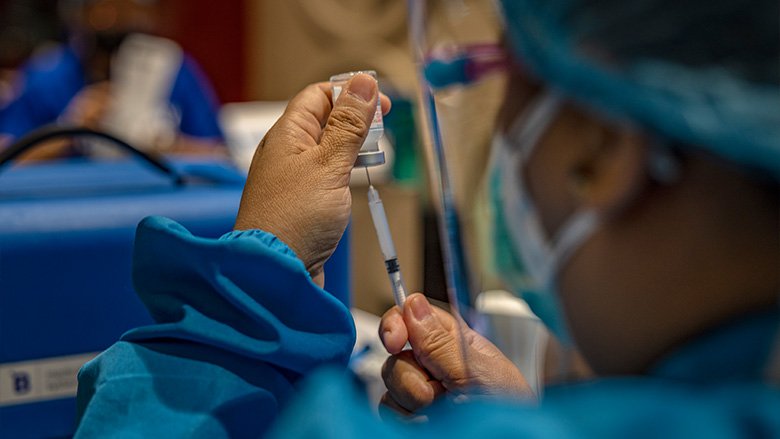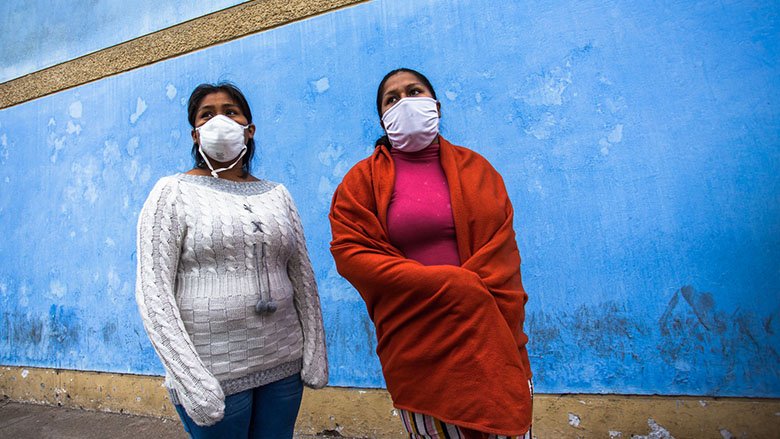As coronavirus-weary countries enter the third year of the pandemic, global growth is expected to slow sharply. Against this difficult backdrop, a variety of economic challenges mount for emerging market and developing economies (EMDEs)¡ªincluding continued COVID-19 outbreaks, elevated inflation, record debt levels, and rising income inequality.
The latest Global Economic Prospects report predicts that global growth will decelerate from 5.5 percent in 2021 to 4.1 percent in 2022 and 3.2 percent in 2023 as pent-up demand dissipates and as fiscal and monetary support is unwound across the world. The rapid spread of the Omicron variant, moreover, indicates that the pandemic will likely continue to disrupt economic activity in the near term. Among EMDEs, growth is expected to drop from 6.3 percent in 2021 to 4.6 percent in 2022 and 4.4 percent in 2023.
The outlook poses particular dangers for EMDEs. First, the notable deceleration in major economies¡ªincluding the United States and China¡ªwill reduce external demand for goods and services for many EMDEs. Moreover, the slowdown is occurring just when governments in many of these economies are running out of policy space to respond, if necessary, to the emerging challenges: new COVID-19 outbreaks, persistent supply-chain bottlenecks and inflationary pressures, and elevated financial vulnerabilities in large swaths of the world. The combination of these threats could increase the risk of a hard landing in these economies.
¡°Advanced economies and emerging market and developing economies are on two different flight paths,¡± said Ayhan Kose, Director of the Prospects Group at the World Bank. ¡°While slowing, advanced economies are still flying high, and their combined output is expected to go back to the pre-pandemic trend by 2023. Emerging and developing economies, however, are flying low¡ªand they do not have much gas left to use in terms of policy space if they encounter headwinds. That¡¯s why we¡¯re worried about a hard landing.¡±
Income Inequality on the Rise
The COVID-19 pandemic increased global income inequality, partly undoing two decades of progress in lowering inequality and disproportionately affecting vulnerable groups and EMDEs, where income inequality is considerably higher than in advanced economies.
Significant increases in between-country inequality are the result of the two-track pandemic recovery, while a moderate increase in within-country inequality in EMDEs reflects the severe income losses and employment disruptions experienced by vulnerable groups: lower-income households, low-skilled and informal workers, and women. Within-country inequality remains particularly high in Latin America and the Caribbean and Sub-Saharan Africa, where about two-thirds of the world¡¯s extreme poor lives.
But inequality spans more than income, particularly in EMDEs and low-income countries. Vaccine coverage remains highly uneven across the world. Troubled by procurement obstacles, just 8 percent of the population in low-income countries has received at least one dose¡ªa rate that will result in only about one-third of the population receiving one vaccine dose by the end of 2023 at current rates. About 55 percent of the total population of EMDEs is vaccinated, compared with more than 75 percent in advanced economies.
Pandemic containment measures have severely disrupted children¡¯s learning, intensifying educational inequality. Telecommuting and digital opportunities such as remote education have not been equally accessible to low-income households. Gender inequality has also increased and informal workers have suffered particularly large job and income losses.





